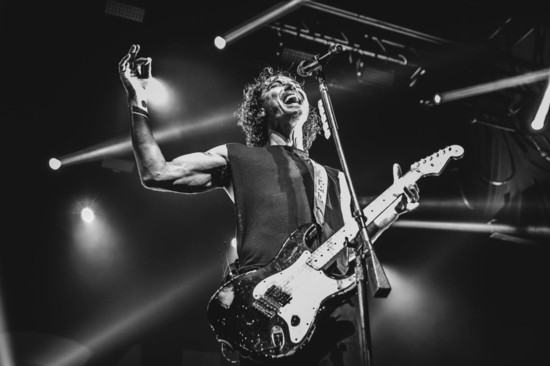For bass guitarists, one of the questions that bother them is how to set up a pedalboard. It can be tricky if you are a beginner, but once you get the guidelines, it will be easier for you. After you find a suitable setup for you, you will be free to play with your pedal in various orders.

Here are some guidelines that will help you set up your pedalboard.
1) Getting Started
Before setting up your pedalboard, you need some basic knowledge of how it works. You can play your guitar without effects pedals by directly connecting it to the amplifier. When you choose to use the effects, the pedals will be between the amp and the guitar.
If you want to use more pedals, setting the pedalboard comes first. You can order bass multi-effects online and have a look at the one that fits your needs perfectly. You will find a detailed review of various multi-effects that are suitable for beginner, intermediate, and advanced levels. As a bassist, you need multi-effects if you want to have control of the bass effects more.
Multi-effects are convenient for you as they come in a single unit, so you don’t have to buy wiring kits, pedalboard, and other effects pedals. The unit contains standard effects such as overdrive, chorus, reverb, compression, tuner, distortion, among others. They are also cheaper compared to buying individual effects pedals that would produce the same results.
2) Gather Equipment Together
To save time, you need to get all the necessary equipment before you set up your pedalboard. It would help if you had all your pedals and the pedalboard ready. A small pedalboard is ideal for fewer pedals and a large one for more pedals.
If your pedalboard does not have inbuilt power, you may need to have a source of energy near you. Choose one with the right voltage for your equipment. It would help if you had the right cables too, right-angled and short ones are more suitable as they are compact and reduce clutter.
3) Pick Out the Pedalboard Layout
When picking the right pedalboard layout, your taste and style come to play. It, however, should be easy to use and efficient. If it is your first time getting started, then these basic setup guidelines will help.
It would be best if you put into the signal chain the harmonizers, filters, pitch shifters, and dynamics pedals.
- You will get the distortion effects pedals such as fuzz, boost pedals, and overdrive.
- Next, you need the modulation pedals such as phaser pedals and chorus.
- The last ones are the time effects pedals, which include reverb pedals, delay, and tremolo.
If you want a different effect, you can add volume pedals.
If you miss a step when following these guidelines, you will experience distortion and unnecessary noise. These are only to help as you get started, as you get better with time experiment with a different setup until you get your desired results.
